4 ways your fire department can fight back against cancer
Once a silent killer, the risks of cancer to firefighters are no longer in the dark. As a part of the fire service community, you've likely seen the damage, destruction and devastation this disease can cause.
As natural-born fixers, doers and helpers — it can feel debilitating to be up against something that has no cure. But the truth is, we can all do something to help fight back against cancer.
Here's how your fire department can help prevent, detect and protect against cancer:
1. Know cancer risks and signs
According to the Firefighter Cancer Support Network (FCSN), firefighters are 9% more likely to be diagnosed with cancer and 14% more likely to die from cancer than the general U.S. population.
The FCSN also notes that there are some types of cancer that firefighters have significantly higher risks of getting, including respiratory (lung and mesothelioma — which starts in the linings of the body typically around the chest and lungs called pleural mesothelioma), gastro-intestinal (also called GI and includes oral, esophageal and large intestine/colon) and kidney.
In fact, firefighters are two times (100%) more likely to have mesothelioma than the general population and have a 129% increased risk of dying from it. Further, firefighters have a 62% higher risk of having esophageal cancer and are 39% more likely to die from it.
While each person and case is different, the American Cancer Society includes the following aliments as symptoms for some of the most-common types of cancers firefighters face:
- Lung: cough that does not go away, coughing blood, chest pain, wheezing, hoarseness, weight loss/loss of appetite, shortness of breath, feeling tired, and infections like bronchitis or pneumonia
- Pleural mesothelioma: pain in the side of chest/lower back, shortness of breath, cough, trouble swallowing, hoarseness, and swelling of face and arms
- Oral: sore in mouth that doesn't heal, pain in mouth, lump in cheek, sore throat, trouble chewing, trouble moving jaw, numbness in mouth area, losing teeth, voice changes, lump in neck, weight loss and bad breath
- Esophageal: trouble swallowing, chest pain, weight loss, hoarseness, chronic cough, vomiting, hiccups, bone pain and bleeding
- Large intestine/colon: change in bowel habits/feelings, rectal bleeding, dark stool or blood in stool, cramping, weakness and unintended weight loss (*note that many of these symptoms could also be caused by something that isn't cancer like irritable bowel syndrome or hemorrhoids)
- Kidney: blood in urine, lower back pain, mass in lower back or side, fatigue, loss of appetite, weight loss, fever and low red blood cell counts
Unfortunately, cancer risks for firefighters are so significant that this is not an exhaustive list of all of the risks you may face. Additional risks the FCSN mentions include testicular cancer, multiple myeloma, non-Hodgkin’s lymphoma, skin cancer, malignant melanoma, brain cancer, prostate cancer, leukemia and breast cancer.
Some cancers can be found early and treated before they've had a chance to grow. Encourage each firefighter to look for signs, conduct self-examinations, have regular doctor appointments, discuss the risks with their doctors and have professional screenings — which can help find cancer before a person ever has symptoms.
2. Follow cancer prevention best practices
In 2018, the International Association of Fire Chiefs' Volunteer & Combination Officers Section (VCOS) and the National Volunteer Fire Council (NVFC) released the "Lavender Ribbon Report." This report includes potentially life-saving information about cancer in the fire service and outlines 11 actions that fire departments can take to help lower cancer-related risks.
The Lavender Ribbon Report outlines these 11 best practices to help prevent firefighter cancer:
- Wear your full personal protective equipment (PPE), including self-contained breathing apparatus (SCBA), during the entire incident, salvage and overhaul.
- All entry-certified personnel should be provided with a second hood. This way, they always have time to wash their contaminated hood and have another one available for calls.
- After leaving atmospheres that are immediately dangerous to life and health (IDLH), stay on air and immediately begin gross decontamination of PPE using soap and water. Place PPE in a sealed bag and place the bag in an exterior compartment of the apparatus — or store in a large storage tote in personally owned vehicles.
- Immediately after step 3, use wipes to remove as much soot as possible from exposed areas like the neck, face, arms and hands. (Remember to always keep wipes in all apparatus!)
- Change your clothes as soon as possible after an event. Wash clothes immediately, or store them in a trash bag until washing is available.
- Shower within the hour! (Or ASAP.)
- PPE should never be stored in living quarters. Keep them in the apparatus floor.
- Decontaminate and regularly clean the apparatus seats, SCBA and interior with soap/water or wipes — especially after scenes where personnel were exposed to products of combustion.
- Early detection saves lives! Remind your members (again and again) to get their annual physical examines.
- Say "NO" to tobacco products of any variety — 100% of the time.
- Fully document all fire or chemical exposures in the incident and personal reports.
Read the full report and more tips at nvfc.org.
3. Talk about cancer and train your crew
Your fire department probably already talks about cancer, but you may need to shift the dialogue to have a more proactive approach. So what can you do beyond talking about the risks and telling crew members to clean their gear?
In an article in International Fire Fighter, Dr. William Jenaway, VP of Education, Training and Consulting at VFIS, discusses how leaders in the fire service can use cognitive learning — a function-based learning process that helps control how a person processes information — to help train the brain about caner prevention best practices.
"Cognitive learning presents an effective method to understand the situation and prevention techniques for cancer exposure by cleaning gear. Cognitive learning starts with paying attention to what is happening; in this case the personal protective equipment gets dirty from fire products, smoke, etc. This is obvious from the soot and related products of combustion that adhere to the gear.
By training firefighters in the classroom that this “dirt” is potentially harmful, the memory is now available for the firefighter to understand they should clean the material to prevent further exposure. Thus, educating firefighters of the dangers that unclean gear poses is a vital step in the process. The final step of the cognitive learning process is the encoding of information."
- Dr. William Jenaway. Read full article here.
One of the most effective ways to encode information and train your team is through the use of Standard Operating Guidelines (SOGs) or Standard Operating Procedures (SOPs).
SOGs and SOPs can provide guidance on all types of operations, including cancer-related best practices (like cleaning gear). To put it simply, using an SOG regularly can help make processes second nature.
Start with an SOG sample (like the one below) and use it as a baseline for your fire department's specific needs. Once your SOG is developed, clearly communicate and train your staff on all steps and procedures.
4. Be an advocate
Cancer is among the leading causes of death worldwide, and, considering firefighters are even more susceptible to this terrible disease, support is key. You can help take control of the conversation, both locally and globally, by having a voice and taking a stand in the fight against cancer.
3 ways to advocate for firefighter cancer support include:
- Support local and federal legislation. Initiatives like the Firefighter Cancer Registry Act, state-mandated cancer coverage and safety-related legislation can all make a difference in what we know about cancer in the fire service, how we help those impacted and how we can help prevent it.
- Get involved. Join a group, like the Firefighter Cancer Support Network, that raises awareness, provides prevention training and assists those impacted by cancer. You can also get involved locally by encouraging healthy behavior, serving on safety committees, coordinating cancer-related events and spreading the word.
- Share your story. Has cancer impacted you or your department? Share your story on social media, with local news outlets and on your website to help spread the word and encourage support.
The truth is, we've begun to determine risk factors of cancer in the fire service and the scope of the problem — but we still have a long way to go. There may not be a cure, but that doesn't mean we have to stand on the sidelines. Continually read up on the latest research, make adjustments to your crew's safety protocol based on industry-focused recommendations and educate your members on the risks. You can make a difference in the fight against firefighter cancer.
DISCLAIMER
The information contained in this blog post is intended for educational purposes only and is not intended to replace expert advice in connection with the topics presented. Glatfelter specifically disclaims any liability for any act or omission by any person or entity in connection with the preparation, use or implementation of plans, principles, concepts or information contained in this publication.
Glatfelter does not make any representation or warranty, expressed or implied, with respect to the results obtained by the use, adherence or implementation of the material contained in this publication. The implementation of the plans, principles, concepts or materials contained in this publication is not a guarantee that you will achieve a certain desired result. It is strongly recommended that you consult with a professional advisor, architect or other expert prior to the implementation of plans, principles, concepts or materials contained in this publication.
This blog post may contain the content of third parties and links to third party websites. Third party content and websites are owned and operated by an independent party over which Glatfelter has no control. Glatfelter makes no representation, warranty, or guarantee as to the accuracy, completeness, timeliness or reliability of any third party content. References to third party services, processes, products, or other information does not constitute or imply any endorsement, sponsorship or recommendation by Glatfelter, unless expressly stated otherwise.
Related posts
We asked 10 members of our VFIS Team to name one auto-related risk that they believe is underdiscussed in fire and EMS agencies. Here’s what they said.
Most volunteer fire departments rely heavily on POVs, but there are inherent risks you should know.
Establish a Emergency Vehicle Operations Program that includes driver/operator requirements to help ensure your vehicles are in the right hands.


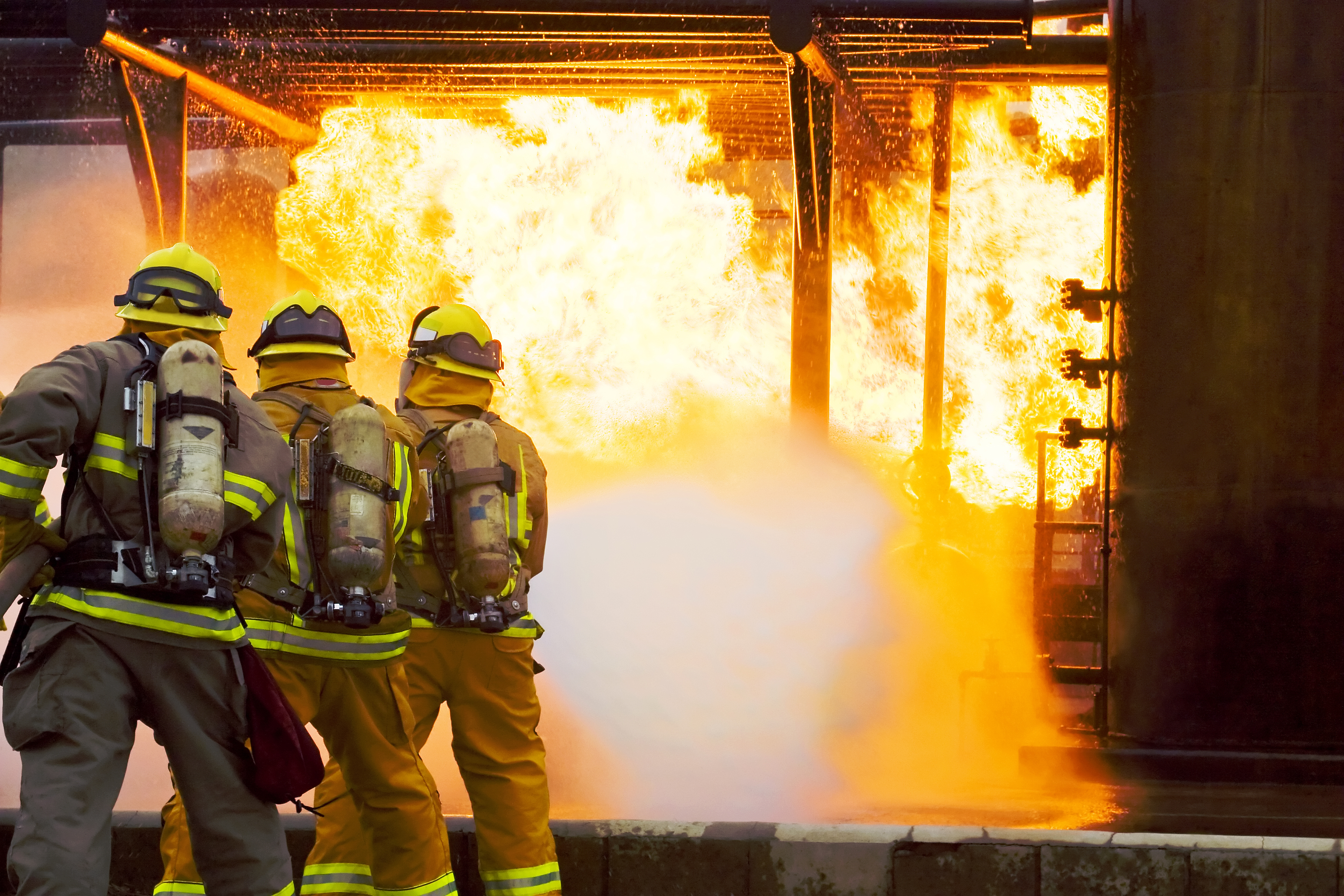
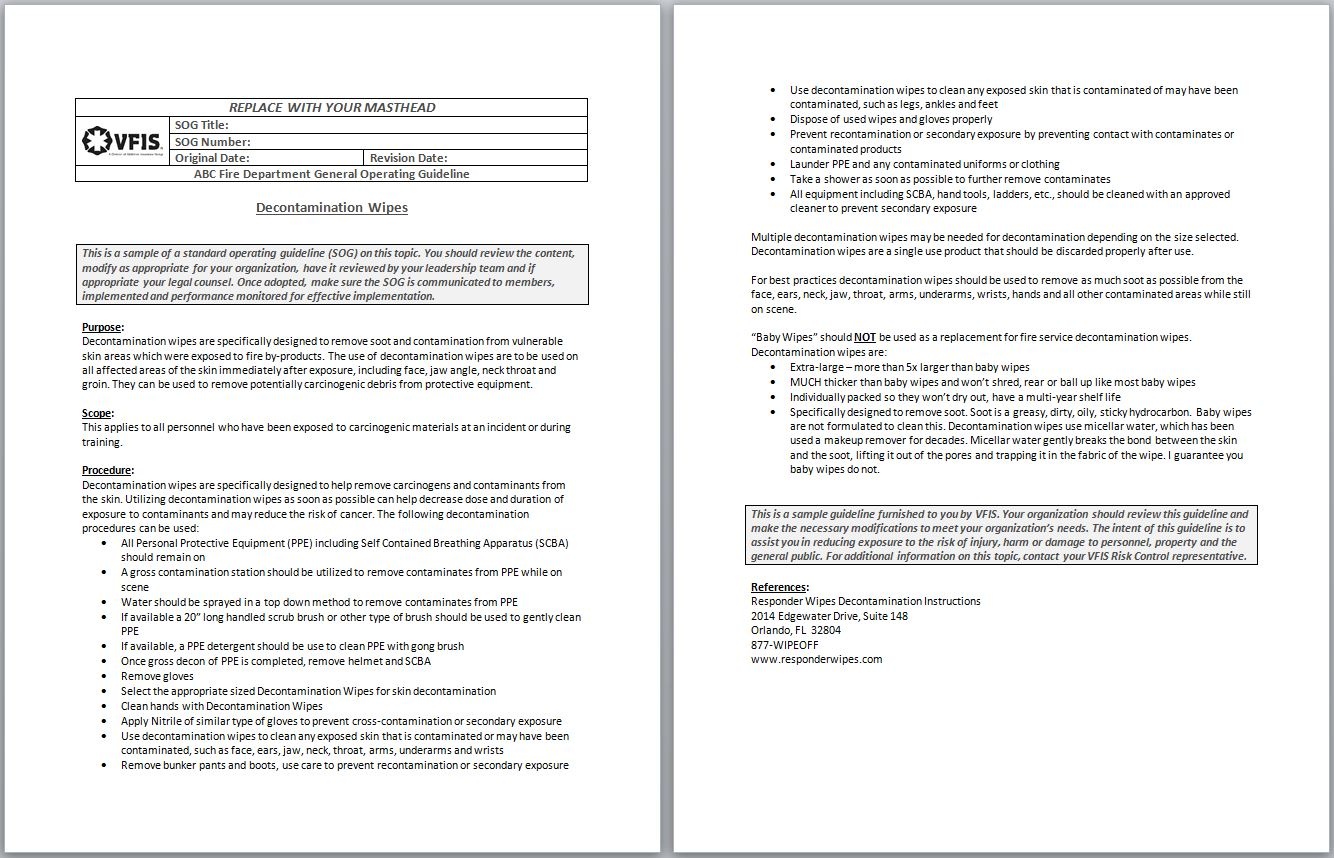

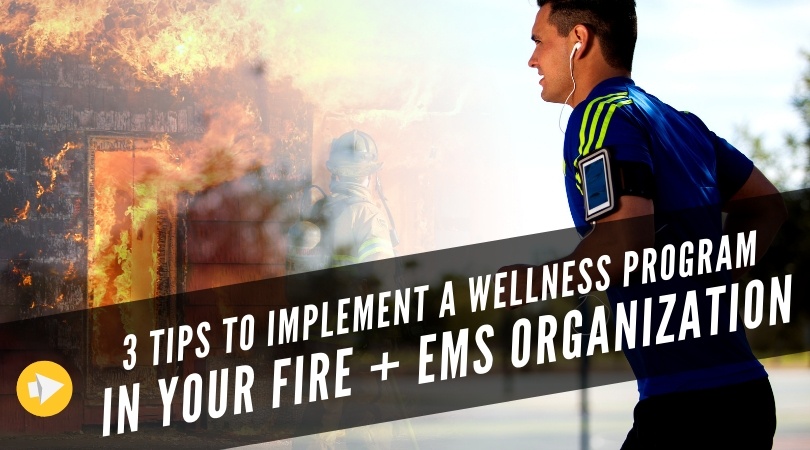
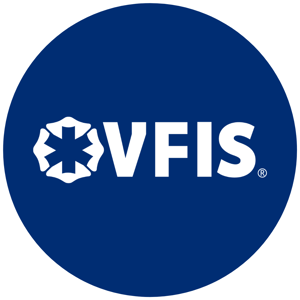
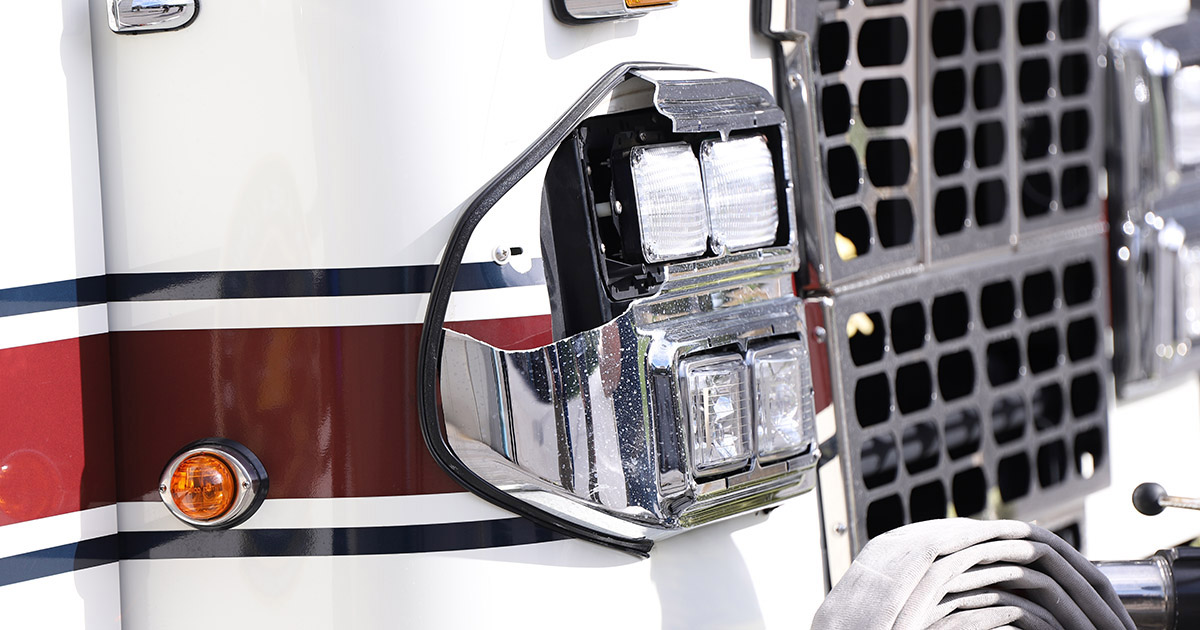

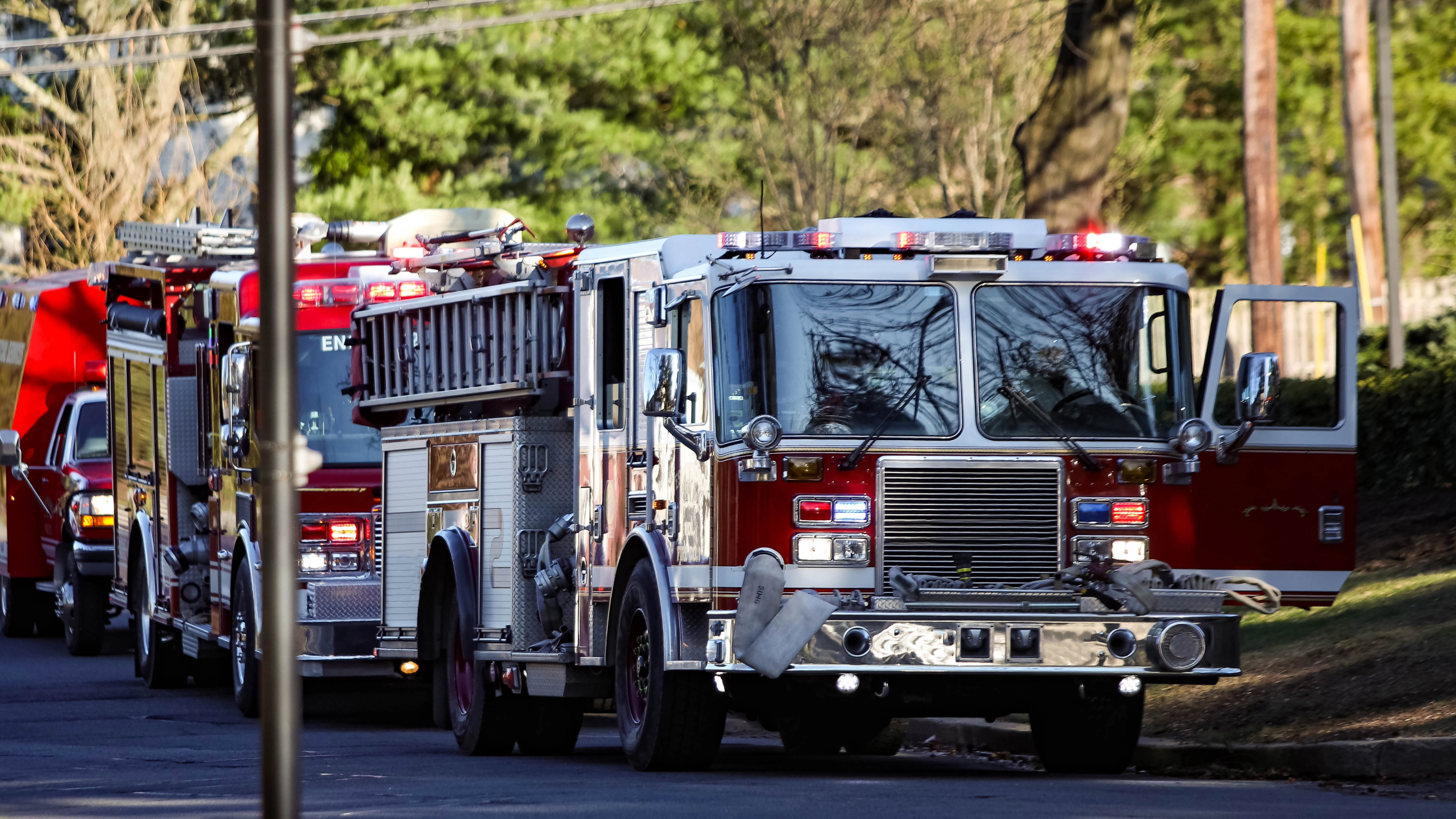

Submit a Comment